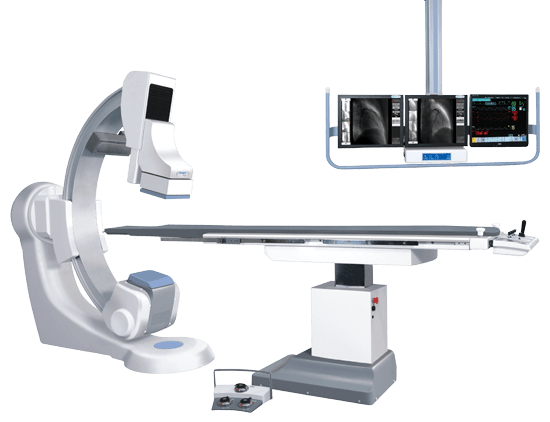The Need for Structured Reporting in Cath Labs
October 10, 2020The need for structured reporting in Cath labs is deeply felt but marginally practised. The data generated in a Cath Lab holds great value in terms of reporting the status of an individual’s Cardiac health but also future treatment decisions.
For a long time, the cath lab reporting has been highly segmented. Standardizing reports across organizations and medical authorities have been the greatest challenge. Multiple bodies such as the American College of Cardiology, and Society for Cardiovascular Angiography and Interventions, have raised concerns about the apparent need for structured cath lab reports.
How can Structured Cath Lab Reporting help?
Structured reporting offers a number of far-reaching benefits for medical professionals in developing data-backed treatments. Following is a list of benefits that can be derived from structured cath lab reporting.
- It would make the cath lab reports much easier to adopt by different organizations as there would be a standard structure to follow.
- The interoperability of data would increase, allowing doctors to use different medical equipment to easily refer to the same reporting format.
- Structured data allows for deeper and intelligent insights to be derived from the reports, that otherwise stay oblivious.
- It would also allow clinicians to study the patient for past health treatments and their viability. This data then can be used to offer new and improved treatment with higher success rates.
- The quality of care would be improved as the cardiologist would be able to better understand the patient, with a vast set of reporting parameters available to them.
Key Challenges in Structured Reporting
Legacy Systems
90% of system uses MS Word & is loosing data. The foremost challenge in introducing a structured reporting standard is that doctors and cardiologists have been working with the legacy reports for decades now.
Making a wild move to change things around can put the existing system in the doldrums. At the same time, widespread implementation is quite difficult to achieve as there are millions and millions of doctors using old formats.
No Globally Accepted Data Model
In 2014, the ACC started developing a Health Policy Statement centered around structured cath lab reporting. Although it was a step in the right direction, a mere policy can’t fix the problem at hand.

A universally accepted data model is currently missing from the scene that can be easily configured into Cath lab software, so that the reporting standards can be changed for good.
Adoption Challenges
Even if such a standard was available, the key challenge is adoption. Only a very few organizations have shown interest in shifting to a standard need & structured reporting as they think it’s a long and painful process..
Unless a large number of organizations take the onus upon themselves to adopt a mutually agreeable standard, the reporting disparity will continue to exist.
How Structured Reporting can be Introduced in your Cath-Labs?
Having known both the advantages and challenges of structured reporting, you would be curious about the ways by which it can be achieved. Thankfully, there are healthcare software that can help you implement structured reporting at your cardiology clinic even if it’s just you who is adopting it.
Analysis and Design
In order to create a well-defined reporting structure, the first step would be to analyze the current reporting schemes and design a suitable data model. Their ACC/AHA/SCAI 2014 Health Policy Statement provides a good starting point for figuring out a data model.
Cath Lab Software
Cath Lab reporting software is the centre point of implementing the idea. There are several reporting software available in the market but very few like SoftCath provide the agility required for adopting a standard reporting format.
SoftCath is one such option that is primarily built for generating Cath lab reports. It comes with the provisions for storing and modifying reports as per your need, enabling you to pivot from your current reporting standard in a much tangible way.
Conclusion
If you’re a Cath lab owner, the benefits and prospects of structured reporting must excite you but the bottlenecks might put you off. There’s no debate on how imperative structured reporting is and it only comes down to finding the right tool for achieving the same.
SoftCath, among many other software, is a widely used option for Cath Lab reporting and holds great potential in helping you adopt Structured Reporting.
Also Read: Things to Consider Before buying a Cath Lab Software
0 Comments